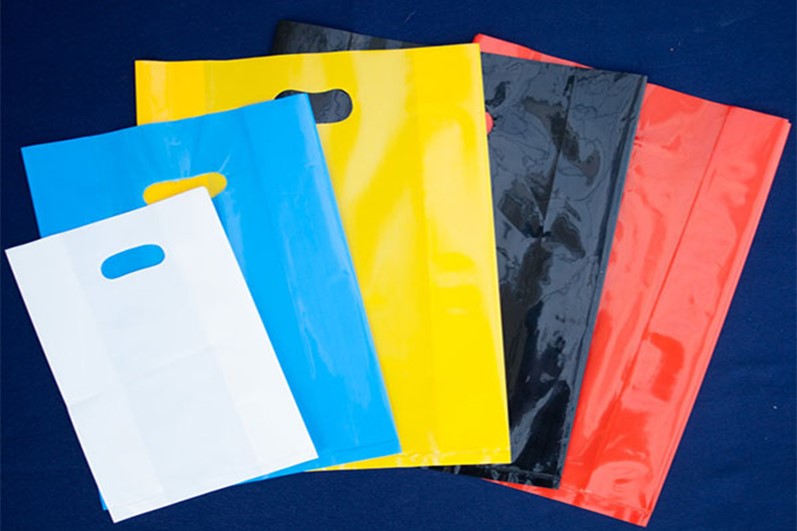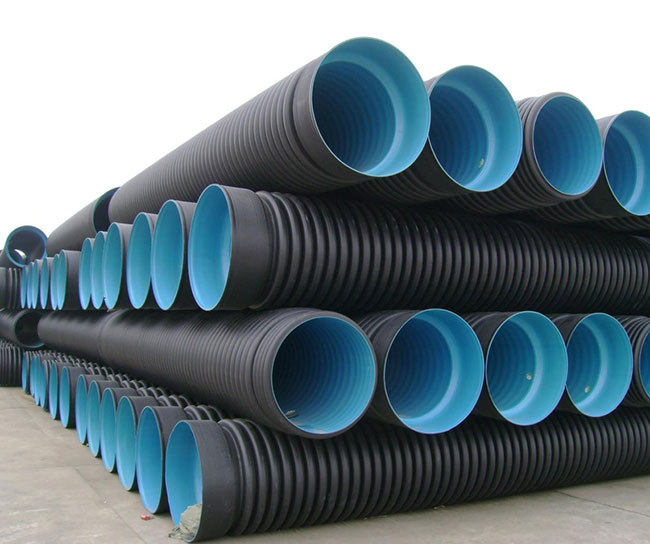HDPE is a popular plastic used in the production of information products and children's toys. However, to use it effectively and safely, customers need to master the basic standards. In the following article, TAELIM will introduce this type of plastic and related applications, along with specific standards.
Learn a little about HDPE plastic
HDPE (High Density Polyethylene) is a thermoplastic produced from petroleum, with a high density molecular structure. This makes the material thick, hard and much more resistant to impact and stretching than regular PE plastic.
The special structure of HDPE includes ethylene molecules combined into long chains, creating a material with high flexibility, good pressure resistance, and resistance to corrosion by chemicals and environmental agents. Thanks to these superior properties, they are widely used in many industries such as packaging, plastic pallets, water pipes, drainage systems, tanks, construction materials, and even toys.

>>> See more: Applications of PVC Plastic and Notes When Using
Comparison of HDPE with LDPE and PE
LDPE (Low Density Polyethylene) is a variant of polyethylene with a lower molecular density than High Density Polyethylene. LDPE plastic is known for its softness, flexibility, good elasticity and effective waterproof and electrical insulation properties. Therefore, LDPE is often used in the production of plastic packaging, nylon bags, food wraps and plastic utensils that require high elasticity.
PE (Polyethylene) is a general term for synthetic plastics, formed through the polymerization of ethylene. This process links ethylene molecules into long chains to create polyethylene plastic. PE comes in many different variations, the most common of which are HDPE and LDPE, each with its own unique properties and applications.
With differences in structure and characteristics, both HDPE and LDPE have an important position in the manufacturing industry, meeting different needs from the rigidity of High Density Polyethylene to the flexibility and toughness of LDPE.

Outstanding properties of HDPE plastic
High Density Polyethylene is a popular material that is favored in many fields thanks to its outstanding properties. Below are the highlights of this type of plastic for you to understand.
Easy to melt and mold
HDPE is notable for its ability to be easily molded and molded into various shapes when it reaches its melting point. This allows High Density Polyethylene to be used in a wide range of products, from cutting boards, milk jugs, detergent bottles to large materials such as water pipes or plastic pallets.

Light weight but high durability
High Density Polyethylene has a density ranging from 0.93 to 0.97 g/cm³, creating a lightweight material with high tensile strength, superior to LDPE. The linear molecular structure and strong intermolecular forces give High Density Polyethylene good strength and flexibility.

Corrosion and chemical resistance
Due to its resistance to mold, insects and decay, High Density Polyethylene makes it an ideal choice for applications such as food and beverage containers. At the same time, they are resistant to attack by strong acids, bases and natural chemicals, making it suitable for harsh environments.

Long life HDPE
High Density Polyethylene is known for its impact resistance, weather resistance and chemical resistance, which gives products made from this plastic a longer lifespan than other materials. In particular, they still maintain a long life cycle when recycled.

Sustainability and environmental friendliness
A big plus of HDPE is its easy recyclability. Using recycled High Density Polyethylene helps reduce plastic waste and limit negative impacts on the environment. Recycled plastic products such as plastic pallets or industrial waste bins are becoming increasingly popular thanks to this feature.
Outstanding waterproof ability
High Density Polyethylene is not only waterproof but also resistant to moisture and most solvents. This makes it an ideal material in the construction industry, especially for plumbing and reservoir systems.
Easy to recycle
High Density Polyethylene is easily recycled, helping to convert used products into new materials, contributing to saving resources and reducing plastic waste. This is the optimal choice for those looking for environmentally friendly and cost-effective materials.

>>> See more: Applications of Plastic Beads in Production and Life
Special applications of HDPE plastic
High Density Polyethylene is an important material with many common applications in everyday life, thanks to its safety and high durability. Below are the main applications of this plastic and related safety standards for you to understand.
Food and beverage packaging
HDPE is considered safe for use in food and beverage packaging. Products such as water bottles and food containers are often made from High Density Polyethylene because it does not react chemically with food, ensuring the safety of consumers' health.

Production of plastic bags and garbage bags
High Density Polyethylene is the main raw material used in the production of plastic bags and garbage bags. Due to its strength and water resistance, these bags are often used once and can then be recycled to reduce plastic waste.

Children's toys and household products from HDPE
High Density Polyethylene is also widely used in the production of children's toys and household products such as furniture and containers, thanks to its durability, safety and impact resistance. This helps ensure that the product does not cause harm during daily use.

Industrial applications
In the industrial sector, High Density Polyethylene is used to manufacture chemical tanks, gas piping systems and other heavy-duty products. Its corrosion and chemical resistance make it suitable for many harsh environments.

Water pipes and water treatment systems
HDPE is the top choice for applications involving water piping and water treatment. Its water-repellent and chemical-resistant properties ensure safety and durability in the transportation and storage of water.

Safety standards when using HDPE plastic
To ensure safe use, users need to comply with the following specific standards:
- Avoid exposure to high temperatures: High Density Polyethylene is susceptible to melting when exposed to high temperatures, so avoid placing the product near heat sources or fire to avoid the generation of toxic gases.
- UV Protection: UV rays from sunlight can degrade HDPE. Using a UV coating or storing the product away from direct sunlight will help extend its shelf life.
- Avoid ingestion: With small products, especially children's toys, care should be taken to avoid ingestion by children and to ensure proper use according to the manufacturer's instructions.

>>> See more: Characteristics and Applications of PVC Plastic Granules in Life
Recently, TAELIM has provided information about High Density Polyethylene with many advantages and important applications. HDPE plastic brings many outstanding benefits in both daily life and industrial applications, and is a safe and environmentally friendly solution.
TAELIM International Transport Company Limited
With the desire to support the development of the plastic industry by providing high quality plastic pellets and services. Taelim Plastic is one of the Vietnamese plastic companies with many years of experience, with a long history of development, specializing in the production, trading, import and export of recycled pellets. By applying advanced technology, meeting European standards with a strict process, we ensure to bring customers the best products and services.
ADDRESS: SH109 Vinhomes Marina, Hai Phong
PHONE: (+84) 9815 888 16
EMAIL: hatnhua.taelim@gmail.com



